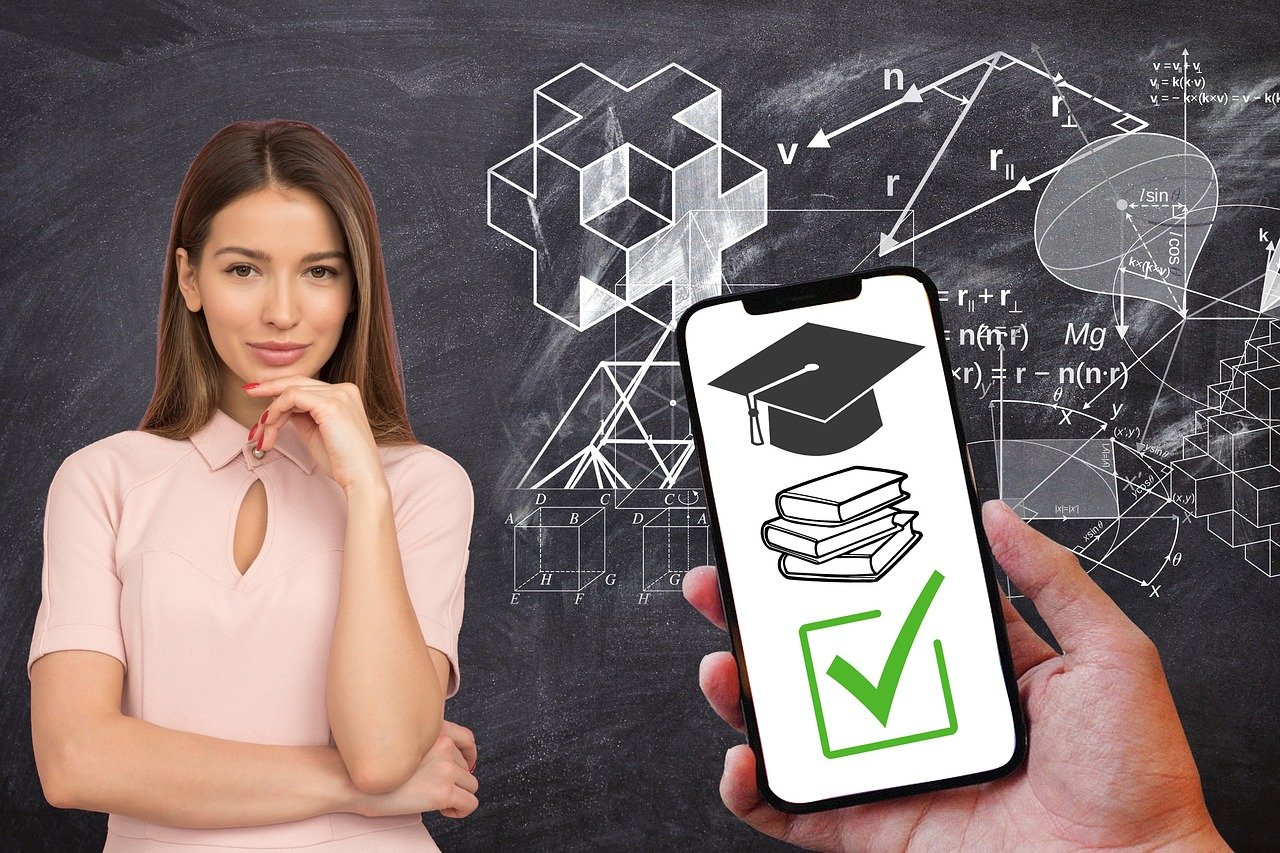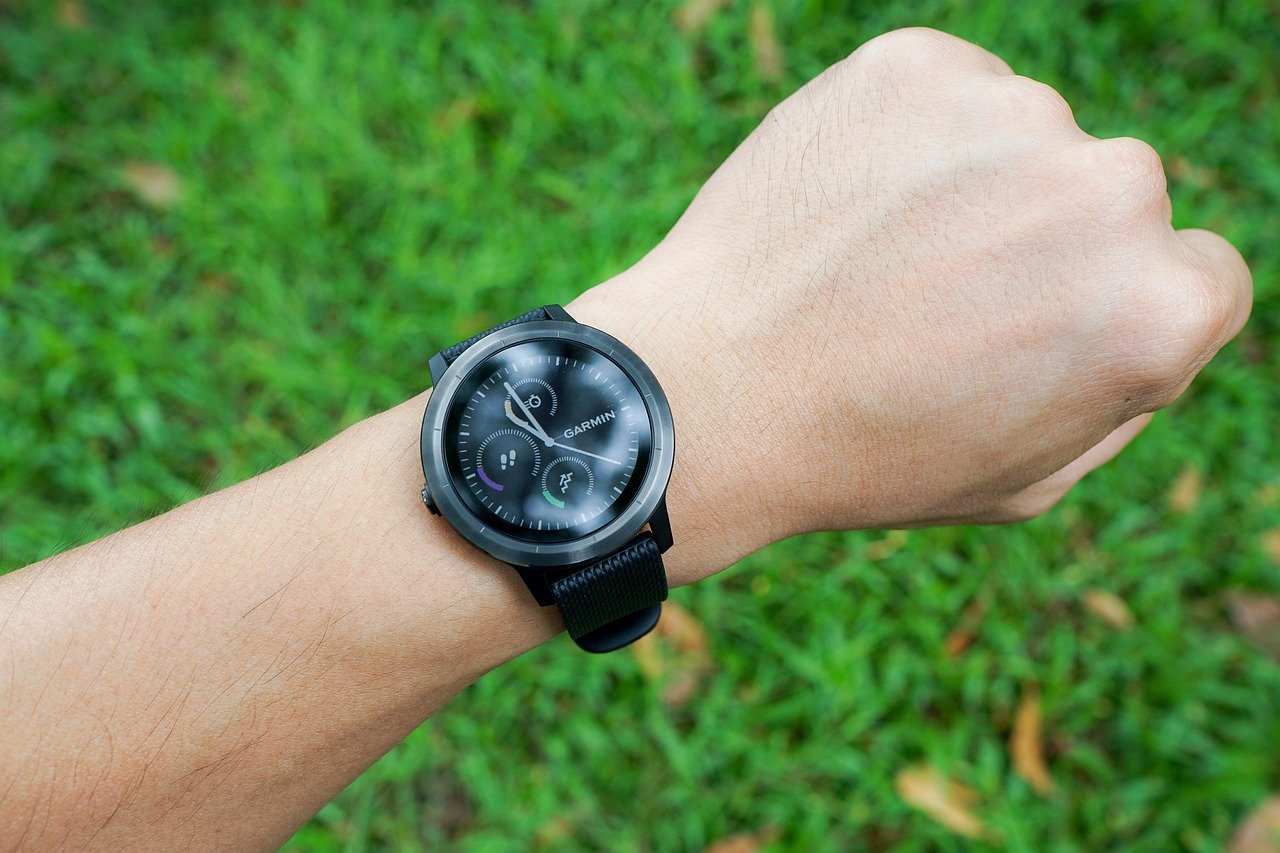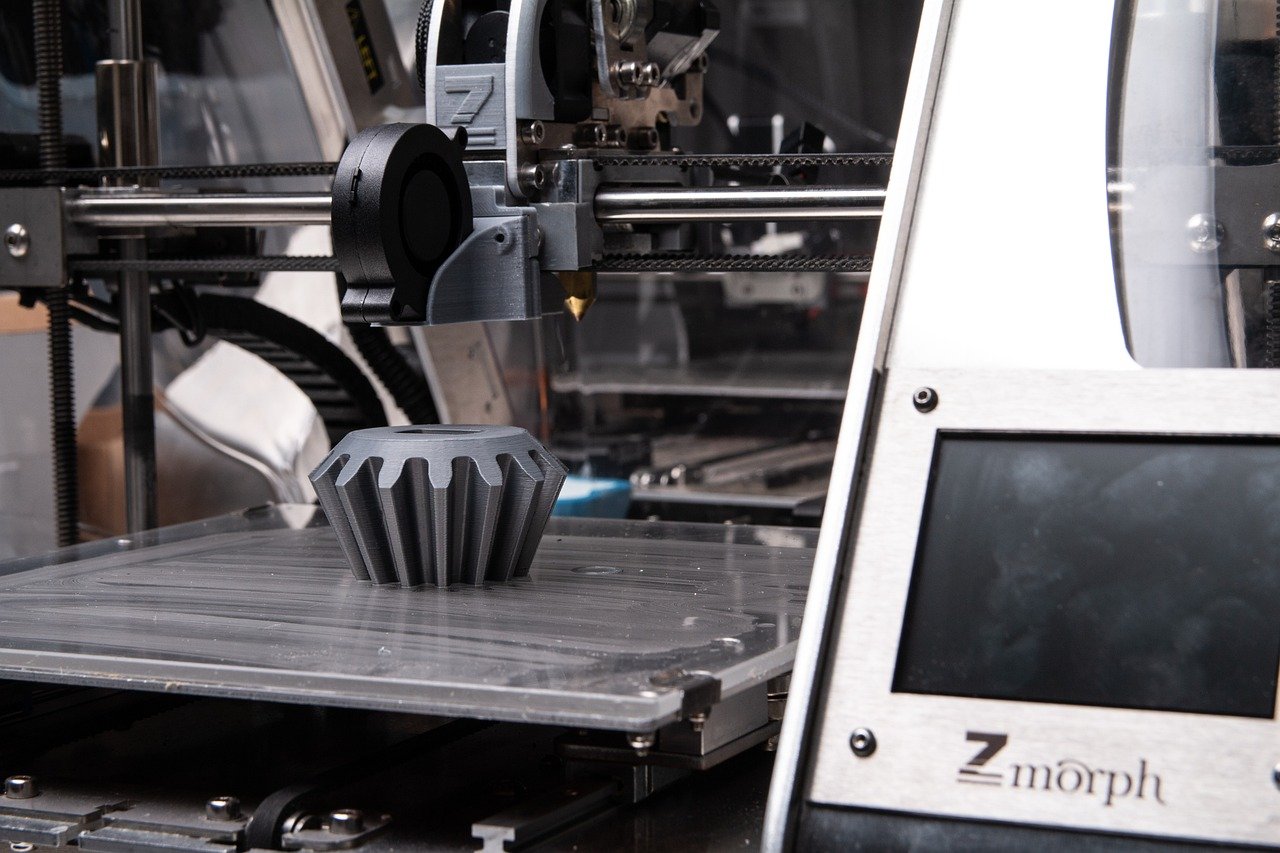Did you ever think a pair of goggles or a wristband could change the way we learn forever? In 2025, classrooms are no longer just four walls, a whiteboard, and a pile of textbooks—they’re vibrant hubs of invention and imagination, powered by gadgets that seem pulled straight from a sci-fi blockbuster. From whiteboards that think for themselves, to reality-bending headsets, these seven gadgets are shaking the very foundations of education. Let’s dive into the future that’s already here.
Smart Whiteboards: The Epicenter of Interactive Classrooms
Smart whiteboards are rewriting the rules of classroom engagement. Unlike old-school chalkboards, these digital canvases react to touch, pens, and even voices, bringing lessons to life in jaw-dropping ways. With seamless streaming, teachers and students can pull up diagrams, play videos, or solve equations together in real time—no matter where they are in the world. During group work, students can brainstorm, draw, or edit documents directly on the board, fostering a sense of teamwork and ownership. Recent studies show classrooms using smart whiteboards see up to 25% higher student participation rates. Imagine a chemistry class where molecules dance across the board with a swipe of the hand, or a history lesson where battle maps animate in response to student questions. Smart whiteboards don’t just display information—they make learning an interactive adventure.
Virtual Reality Headsets: Stepping Inside the Lesson
Virtual reality headsets are teleporting students beyond the limits of their schoolyards. Slip on a headset, and suddenly you’re dissecting a virtual frog, wandering the streets of ancient Rome, or exploring the surface of Mars—all from your desk. Recent research from Stanford’s Virtual Human Interaction Lab found that learners remember up to 80% more from immersive VR lessons compared to traditional lectures. These experiences aren’t just fun—they break down complex topics, making them tangible and unforgettable. A shy student who struggles in class can become a confident explorer in a virtual rainforest, interacting with plants and animals in a safe, controlled environment. In 2025, VR is more affordable and accessible than ever, promising to erase the boundaries between imagination and education.
Augmented Reality Apps: Layering Magic on the Mundane
With AR apps, any classroom object can become a launchpad for discovery. Point a tablet at a skeleton in biology class, and suddenly muscles and organs appear, pulsing and moving in real time. Textbooks come alive with 3D models, animations, and pop-up explanations, making dense material easy to grasp. According to a 2024 report by EdTech Impact, schools using AR apps saw a 40% jump in student understanding of complex concepts like geometry and anatomy. AR lets students manipulate virtual objects with their hands, encouraging curiosity and deeper learning. It’s like handing every student a magic lens that reveals the hidden stories in everything around them. No wonder educators are calling AR the “Swiss Army knife” of future classrooms.
AI-Powered Tutoring Systems: Tailored Teaching for Every Mind

No two students learn the same way—and AI-powered tutoring systems are finally making one-size-fits-all teaching a thing of the past. These platforms track how each student learns, quickly spotting gaps or strengths, then adjust lessons in real time to fit individual needs. Picture a student struggling with algebra: the AI offers extra practice, hints, and encouragement right when it’s needed most. In a pilot study across U.S. schools, AI tutors helped boost test scores by up to 30% among underperforming students. Beyond just quizzes and flashcards, these systems can answer questions, recommend videos, and even provide feedback on writing and pronunciation. With AI as a personal guide, every learner gets the attention they deserve, turning frustration into confidence.
Wearable Tech: Reading Minds—Almost

Wearable gadgets like smartwatches and fitness trackers are quietly transforming how teachers and students connect. These devices track heart rate, movement, and even stress levels during lessons—offering a real-time window into student engagement. If a wearable detects a sudden dip in focus or a spike in anxiety, teachers can respond instantly, switching up activities or checking in with a student who might need help. In one 2024 Finnish study, classrooms using wearables saw a 20% drop in student anxiety and a marked improvement in participation. For students with attention difficulties, wearables can gently nudge them to refocus or take a mindful break. It’s like having a digital pulse on the classroom’s mood, helping every kid feel seen, heard, and supported.
3D Printers: Turning Ideas into Reality

3D printers are the ultimate creativity machines, letting students turn wild ideas into real, touchable objects. In design and engineering classes, kids can sketch out inventions, then watch in awe as their designs take shape layer by layer. From printing custom gears for science experiments to building architectural models or even replicas of ancient artifacts, 3D printers are sparking hands-on learning like never before. According to a 2023 survey by the International Society for Technology in Education, 85% of teachers said 3D printing boosted critical thinking and collaboration. These printers are also leveling the playing field: students with visual impairments can touch and explore complex shapes, and young inventors can prototype gadgets that might change the world. No wonder the sound of a 3D printer running is quickly becoming the new heartbeat of ambitious classrooms.
Digital Learning Platforms: Opening the World’s Doors
Digital learning platforms are shattering the traditional walls of education, giving students access to a universe of knowledge, anytime and anywhere. Whether it’s mastering calculus on Khan Academy or learning coding on Codecademy, these apps and websites offer flexible, self-paced lessons for every age and ability. In 2024, UNESCO reported that digital platforms helped close learning gaps for millions of students during school disruptions. Students can join virtual classrooms, watch expert-led tutorials, or collaborate with peers across continents. This isn’t just about convenience; it’s about democratizing education for everyone, everywhere. For the curious, the motivated, or those who learn differently, digital platforms are a ticket to a bigger, brighter world of learning.

